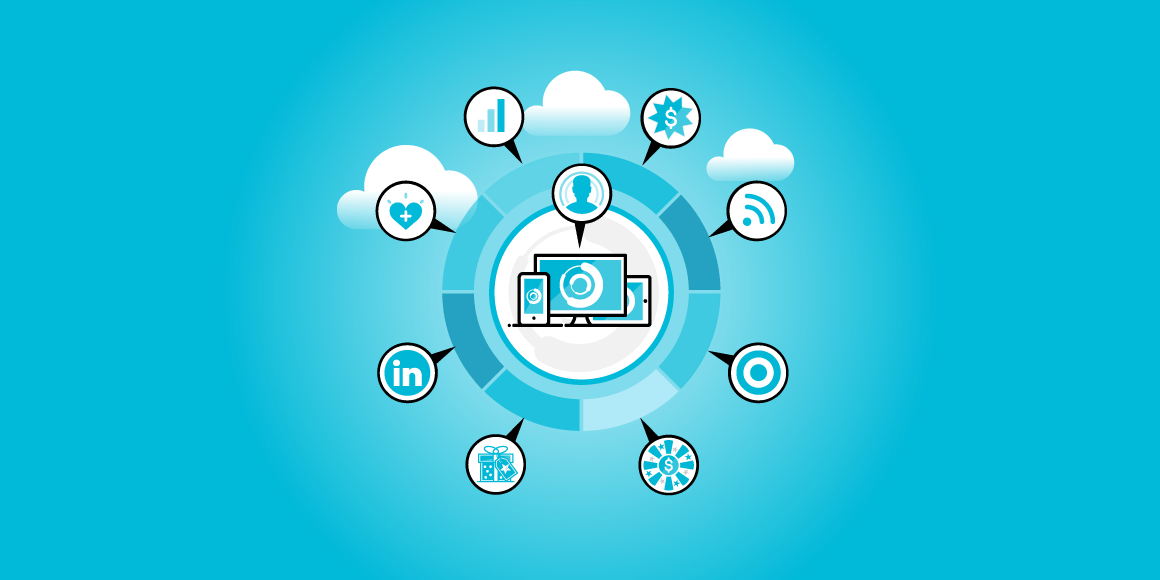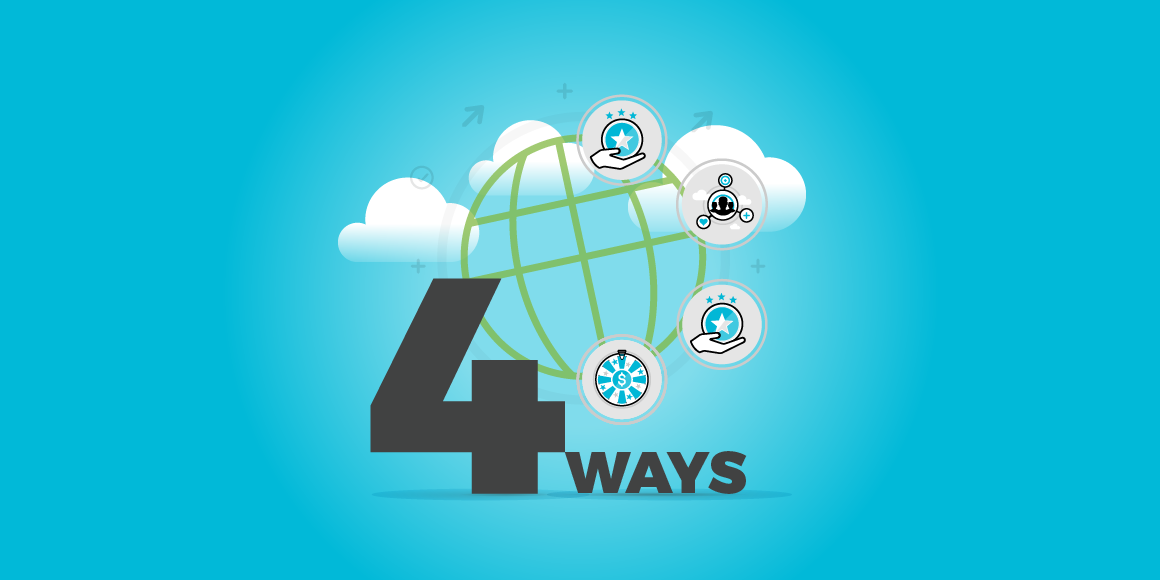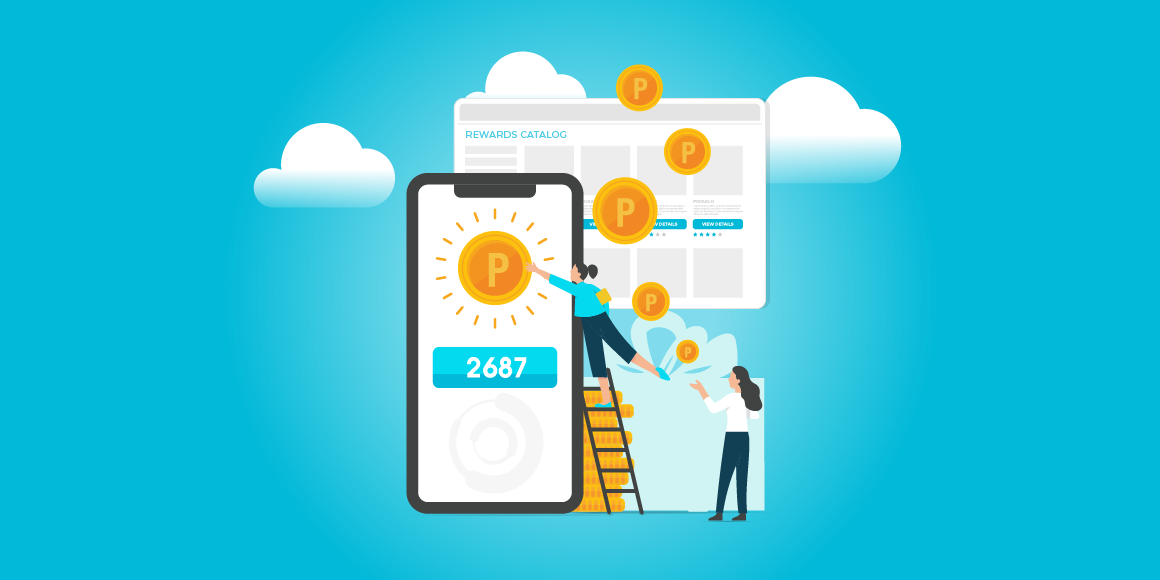Setting Up Your Program
Setting up a sales incentive program can be approached in a DIY fashion, but using a specialized tool like 360insights offers distinct advantages. These platforms provide expert guidance and advanced features that enhance program effectiveness and ensure smooth integration with existing systems. They also offer ongoing support and analytics, allowing for continuous performance tracking and optimization. This makes them a more efficient and scalable option compared to the challenges of a DIY approach, which may lack the same level of expertise and resources.
If you go the platform route, it’s critical to pick the right provider. Consider these factors:
- Can they integrate with your CRM system? Integration ensures seamless operation and data flow, enhancing efficiency and effectiveness.
- Will they provide current program strategy & incentive design ideas/best practices? Access to expert strategies and best practices helps keep the program innovative and aligned with industry standards.
- Will they help to write rule structures, set objectives, establish appropriate goals and grant access to leading incentive and loyalty program research? This support aids in crafting a well-structured program grounded in proven methodologies.
- Can their platform run multiple promotions to different audiences simultaneously? This flexibility allows for targeted and diverse incentive strategies across various team segments.
- Will their platform allow for leaderboards, gamification strategies, and statement pages? Gamification elements enhance engagement by adding a competitive and interactive dimension.
- Is their platform easy to use, easy to manage, and does it require minimal internal IT/administrative support? A user-friendly platform reduces the burden on internal resources, allowing for smoother implementation.
- Will they help to market the program and effectively communicate to the target audience, ensuring engagement? Effective communication ensures that the program is well-received and understood, maximizing participation.
- Will they provide database management & business logic development? Robust data management supports informed decision-making and strategic adjustments.
- Can they provide program analytics, KPI tracking, and ROI measurement? Analytics and KPI tracking are essential for assessing the program’s success and making data-driven improvements.
- Do they offer program customer service (toll free line, IM chat service, etc.)? Reliable customer service ensures that issues are quickly resolved, maintaining participant satisfaction and program integrity.
Conclusion
In conclusion, performance incentive programs are vital tools that can significantly enhance sales team motivation and performance. By utilizing the provided checklist, organizations can tailor their programs to align closely with their specific goals and team dynamics. Whether you opt for a DIY approach or seek professional guidance, these questions serve as a valuable roadmap to crafting an effective and comprehensive program. They ensure that you consider all aspects of motivation and engagement, from integration and strategy to support and analytics. Ultimately, a well-structured incentive program not only drives sales but also fosters a culture of achievement and enthusiasm within your team.






